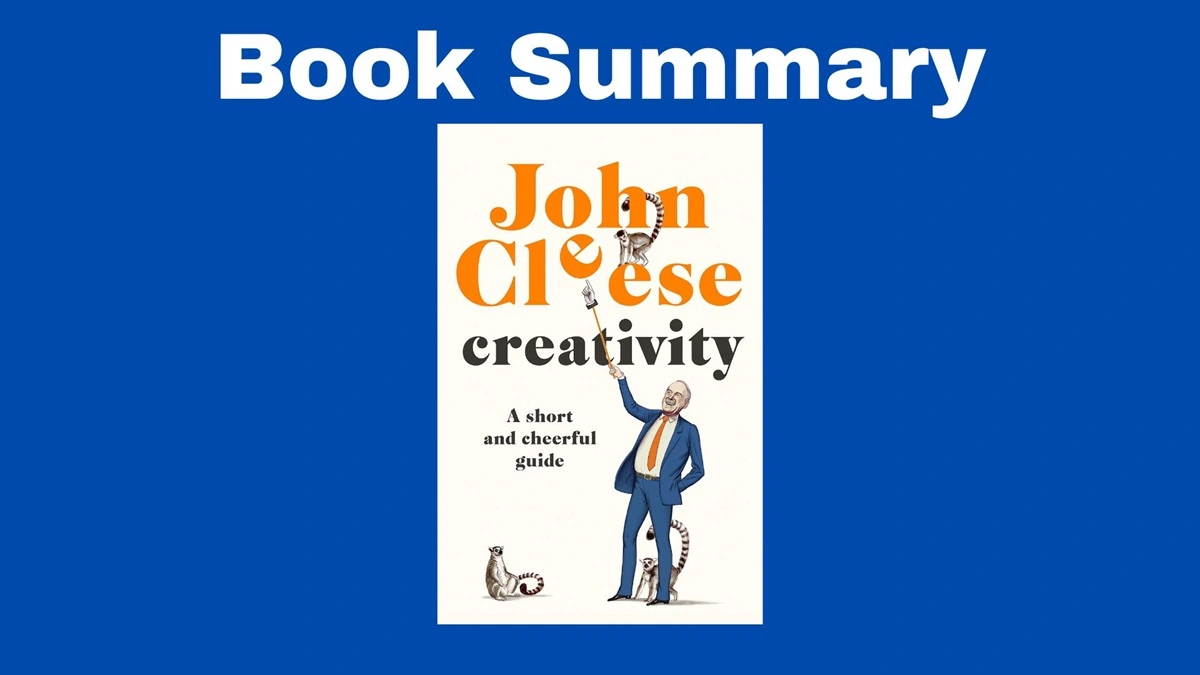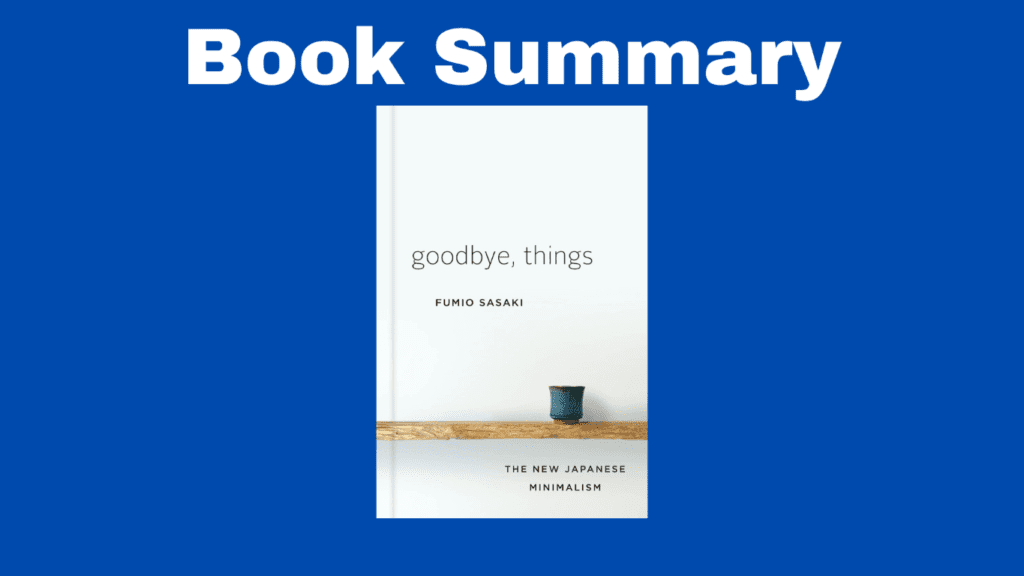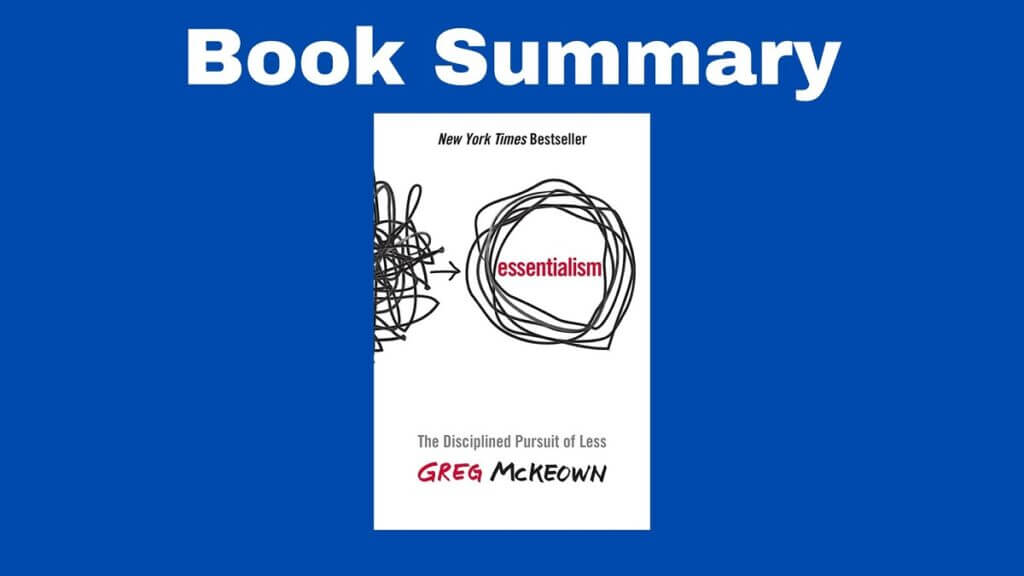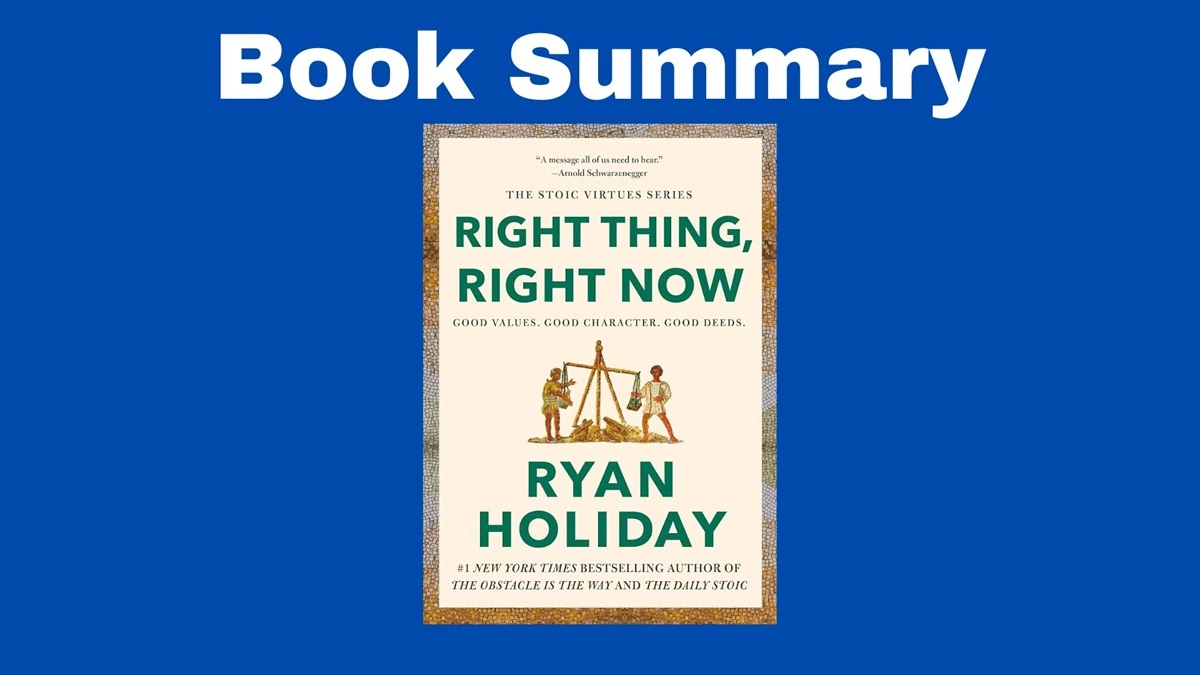The Book in Three Sentences
In this summary of Creativity, legendary comedian John Cleese shares everything he knows about the subject. The short guide describes creativity as a skill anyone can develop. According to Cleese, anyone, regardless of what they do for a living, can be more creative and he shows us how.
Creativity Summary
Cleese defines creativity as “new ways of thinking about things.” This is a way to distinguish it from most people’s definition of creativity which mostly involves the arts. Creativity, the author argues, permeates everything because it means doing things in new ways. It isn’t a quality you’re born with, but something you can learn and teach.
The Creative Mindset
The author realized he was considered creative when he wrote stuff down and performed it in ways that made people laugh. Cleese used to work before bed until he got stuck on a problem. By the time he got to work again the next morning, he had a solution.
For the author, being creative isn’t about trying too hard. Being creative is about thinking about an idea long after having finished it. Your mind will figure out how to improve it, even when you’re not consciously thinking about it. The more you practice a skill, the better you get at it, and the less you have to focus on it. This is true for sports, playing instruments, driving a car, or writing essays. The unconscious has its unique language which means you can’t control it.
“Hare Brain, Tortoise Mind”
Some problems can be solved logically, analytically, or verbally and this is what we’re taught at school from a young age. That said, there are other ways of thinking. When we figure things out using logic and reason, we’re using our Hare Brain. When we approach a problem more playfully and slowly, we engage our Tortoise Mind. In the latter, we’re contemplating a problem without looking for ways to solve it. The Tortoise Mind might seem aimless, but it’s as intelligent as the Hare Brain. We often refer to this kind of intelligence as creativity or wisdom.
Creative people like to play and postpone making decisions for as long as possible. When confronting a problem, creative people enjoy it for its own sake. They don’t want to find a solution and quickly move on to another puzzle. They want to be absorbed in it because they like examining it with childlike curiosity. The goal isn’t to find a solution but to explore without distractions. Like children, these people are spontaneous, playful, anxiety-free, and oblivious to rules.
Postponing decisions isn’t the same as being indecisive. These people want to embrace the discomfort they feel when a decision is left open. Nevertheless, there are hidden advantages to waiting to make a decision. First, there may be new information. Second, there may be new ideas. Creative people are more comfortable tolerating worry and may end up making better decisions.
To be more creative, you must avoid the greatest killer of creativity: interruption. Interruptions distract you from the thing you want to focus on. There are different kinds of interruptions: external (a person talking to you, email notifications) or internal (remembering something you have to do, fear that you’re unable to do the task). The biggest interruption is internal and often takes the form of fear. Cleese reinforces the idea that when it comes to creativity, you can’t make a mistake. To have some sort of breakthrough, you must entertain all possible paths, even the ones that seem wrong.
To remove all interruptions, you must create a safe place that has two types of boundaries, the boundaries of space and the boundaries of time. Boundaries of space stop others from interrupting you. Examples include moving to a remote place or placing a “Do not disturb” sign where everyone can see it. Boundaries of time refer to a period. For instance, you can decide to work on a novel for the next hour and you protect that time from interruptions. Inevitably, thoughts will appear in your mind constantly, so try to write them down and forget about them. Over time, you’ll train yourself to sit and work for longer and longer.
Once you can quiet your mind, odd ideas related to your problem will come up. These ideas will seem strange because they speak the language of the unconscious. The messages will come in subtle ways, but you must be undistracted when they appear. The creative process lacks clarity, but don’t rush. The slower you accept its ideas, the clearer they’ll become over time. Those ideas might be brilliant or terrible, but they will come and when they do, you must judge them or analyze them using the “Hare Brain”. Cleese emphasizes that you shouldn’t judge ideas too fast or you’ll “strangle” them before they have enough time to develop. The moment you’re bored with an idea, that’s the moment you must go back to creative thinking mode. We refer to this as iteration.
Hints and suggestions
- “Write about what you know”: for creativity to ensue, you must choose an area you know.
- Looking for inspiration: beginners will probably now come up with great ideas at first, so they can borrow some from their heroes and play with them.
- Making an imaginative leap: the most influential ideas involve a longer creative process. With this in mind, make smaller improvements and you’ll end up with something better than the sum of its parts.
- Keeping going: when you start doing something for the first time, you have what some call the beginner’s mind. Often, this is when someone produces their best and most original work. To keep doing this for as long as possible, play games.
- Coping with setbacks: when it comes to creative work, some days are better than others. The solution is to keep working whether you’re satisfied with the results or not.
- Get your panic in early: it’s natural to experience fear during times of uncertainty. You’re going to feel panic and the best moment is early in the process because it will give you energy. Start with simple stuff and then start considering new approaches. Before finishing your project, do two things. First, remove everything that’s not relevant. Second, make sure you don’t repeat yourself unless you want to.
- Your thoughts follow your mood: our thoughts determine our mood and while creativity isn’t an emotion, the wrong frame of mind will prevent us from being creative.
- The dangers of over-confidence: for your creativity to thrive, you must remain humble. Humility leads to growth. Forget about being right all the time and don’t forget you can always learn more.
- Testing the idea: you can test your ideas in two ways. First, judge your idea when you’re ready and determine if you can improve it. Second, when you know you like an idea, carry it out. It’s not enough to think about it, so do something with it.
- Kill your darlings: your creative work will change and at times, this means discarding aspects you’re emotionally attached to. Hanging on to those parts will slow you down and can negatively impact the overall quality of your work.
- Seeking a second opinion: ask others what they think of your work, but never forget that you’re the one who chooses what leaves and what stays. It’s not about who’s right, but whose idea is better.
Further Reading
If you enjoyed this book summary of Creativity, you might also like the following articles:




